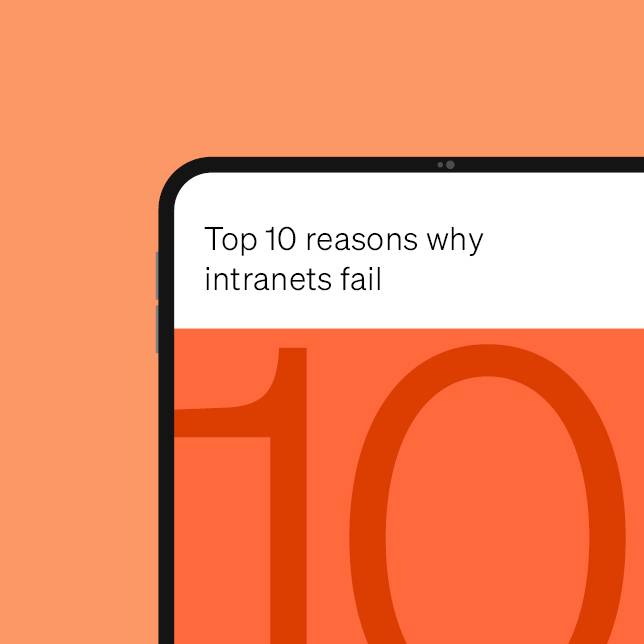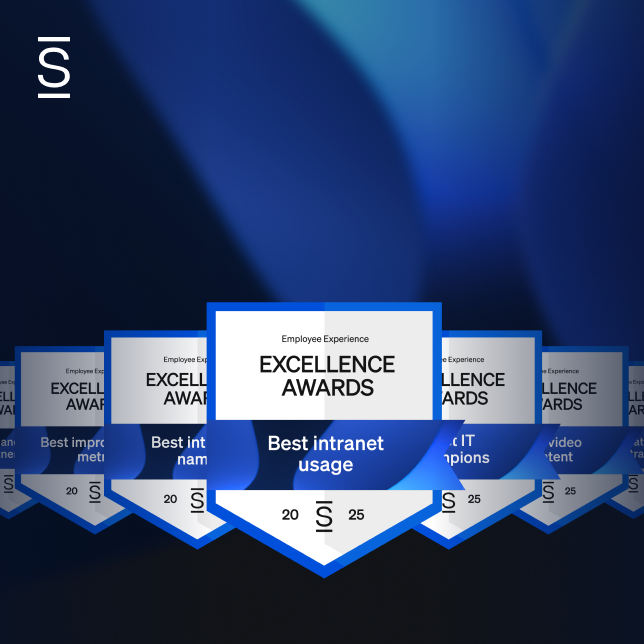In the decade before the Covid 19 pandemic, remote employment was steadily increasing and had become the fastest-growing segment in the workforce of the day. By early 2020, Covid took hold, and almost overnight the global on-site workforce became remote. In the most bizarre way imaginable, and in something of a sci-fi atmosphere, Work from Home (WFH) instantly became the norm.
There is no advantage to a pandemic, but in this, the strangest twist of fate, people all over the world set up home offices while companies and organizations hastily mothballed premises and developed online communications’ capabilities. Remote employment got an instant, unexpected boost nobody would have chosen.
Fast forward to 2023 and things are very different. With improved work-life balance, not to mention soaring inflation, many workers now choose a remote or hybrid work environment over an on-site option. Simply put, workers feel happier, safer and more financially secure at home.
At some stage a tipping point will be reached, and The Partnership for New York City, after conducting surveys and studies in the area predicts this is due to happen, in early 2023. Ultimately there will be an overall 54% return, with 50% in the IT sector.
Now, more than ever before, it’s important for communication with remote employees to cover all bases, including those who aren’t desk-based. This way, and by using innovative and fun methods where appropriate, employees feel included and engaged.

How to communicate with remote teams
Effective communication is crucial when working with remote teams because it ensures that everyone is on the same page, tasks are completed on time, and goals are met. Remote employees cannot build relationships like their on-site peers do, by way of unstructured social contact, so effective methods of communicating are vital to employee engagement. Consider the following for effective communication with your off-site workers:
- Intranet is a valuable communications’ tool for on-site and remote employees.
- Instant chat or messaging is a quick way for two or more workers to communicate.
- Email, forever popular, provides a written record.
- Video platforms are ideal for one-on-one communications, or group meetings.
- Telephone calls, not quite obsolete, still have an important role in communications.
- Postal services, or snail mail as it is fondly called, still does the heavy lifting where the internet can’t.
Benefits of effective communication with remote teams
Remember that remote employees can experience a lessened sense of community and fewer benefits of collaboration. Effective, open communications delivered to remote employees are key to good employee engagement, healthy company culture, increased productivity and others, and here’s how:
- Builds trust and fosters loyalty both of which lead to better relationships.
- Enhances the employee experience and employee engagement both of which enforce company culture.
- Improves teamwork by outlining clear paths to goals.
- Drives productivity through positive employee experience.
- Fosters innovation because ideas flow freely.
- Resolves, or avoids issues, and possible conflicts, with regular, clear communication.
- Promotes better problem-solving and decision making essential to productivity.
- Positively influences employees’ feelings of connection and inclusion.
- Encourages a healthy work-life balance
Tips for communicating with remote teams
- Show empathy because we’re all human, after all. In addition to life’s pressures, cats jump on keyboards, dogs bark, and children open doors.
- Remember your manners and say a friendly ‘Good Morning’ or ‘Hello, Everyone’. Lead by example.
- Define clear, achievable goals and expectations early on.
- Deliver clear messages, so teams know exactly what to do.
- Be accessible, so everybody stays involved. Open lines of communication drive open dialogue.
- Show respect by listening and hearing. Accept feedback.
- Take full advantage of video meetings as these are the next best thing to face-to-face meetings.
- Invest in quality messaging tools, like a modern intranet tailored to company requirements.
- Offer incentives around work and wellbeing programs
- Incorporate small-talk or chat time before and after online meetings, so the team has a chance to bond and share beyond the workspace.
Creative ways to communicate with remote employees using your intranet
With the current world situation, companies have transitioned to fully remote workspaces with little to no time to prepare. The good news is that keeping remote employees engaged doesn’t have to be complicated. Here are some creative ways to communicate with remote employees so they remain connected and feel valued and included.

1. Leverage your intranet to help remote employees connect and focus
Companies and organizations must recognize there is a need to provide a space, through tools like simple intranet software where clear, curated communication can be delivered to the remote employee. Information can be shared this way to help remote employees focus on how to best achieve goals, and how to connect and feel included in the workplace on professional and personal levels.
Feeling valued leads to better employee engagement and retention of talent. The intranet can be a practical, fun and innovative way to engage and communicate with your remote employees.

2. Have recurring communication and organizational updates
Increasingly, messaging or chatting seems not to be enough, and platforms like Slack and Jabber have caught on. However, instant communication doesn’t solve the root cause of employee disengagement. The biggest problem experienced by remote employees is that they don’t know what’s going on within the big picture. This lack often causes feelings of exclusion.
To avoid this, consistent frequent information needs to flow through the organization from strategic updates to culture-building fun, and shouldn’t always be about work. Internal communication should have a generously detailed content calendar that permanently ensures everyone is in-the-know. For more ideas on what should be included in your content calendar, see our Content Engagement Series of blog posts.
3. Use the modern intranet for digital coffee breaks
Remote employees don’t have access to the actual water cooler. Creating a designated space on your intranet for digital coffee breaks is an effective and fun way to communicate with remote employees and catch up with co-workers.
This space can be used to post fun and/or thought-provoking daily questions for remote (and in-office) employees to think about and discuss. Riddles, word games, productivity hacks, and self-improvement tips are great for remote employees who are looking to take a quick break during the day. For more ideas, have a look at the digital coffee breaks blog.
4. Squash fake news (and get executives to weigh in on this!)
Remote employees are overly sensitive to gossip because information can be taken out of context and there is no face-to-face, immediate reassurance to correct this, or colleagues on hand to refute misunderstood facts and restore balance. Collective reassurance is tricky to nurture off-site, but this can be remedied by addressing fake news and promoting a transparent culture to all employees. Executives should get involved and weigh in on issues that matter.
5. Be pre-emptive and inclusive with social activities
Don’t fall into the trap of using company intranet to post photos about a company potluck or team bonding activity to which remote employees were not invited. There is no more effective way of causing an employee to feel excluded. Up-front effort is needed to promote upcoming activities and to encourage remote employees to participate. And when they can’t, @ mentions, recognizing they wish they could be there, go a long way to foster a culture of inclusion.
6. Give special love to remote employees
If your internal communications plan has ‘Humans of New York’ – style videos or write-ups, offer ‘a day in the life of’ profiles of your remote employees. They’ll appreciate the love and these posts will enable other employees to see why inclusion is important.
7. Publicly recognize your remote employees in real-time
Employees thrive when recognized for their achievements. Regular, positive, real-time reinforcement leads to higher morale, better company culture, and increased motivation. Use the intranet or social tools to publicly recognize remote employees to assimilate them and let them know they are valued and appreciated.
8. Encourage the network
Company networking is vitally important for productivity, and remote employees can be disadvantage in this area. An intranet can be beneficial to networkers by having a strong employee profile directory with skills and interests showing depth beyond job titles. Culturally, it’s important to recognize the value of networks, encourage openness and participation, and give remote employees special training on how to find people who can help and support them.
9. Tailor your intranet to support remote employees
Some organizations have intranet sites dedicated to remote employees because their work environments present technical challenges unique to their situation. Consider having to fix a VPN connection when the home intranet reboots. Dedicated sites and the resources behind them can make remote working easier.
In this webinar, you can learn how Datto, a leading provider of cloud-based software & technology solutions, connected and engaged thousands of employees working remotely across more than 20 global locations with the ease of their Simpplr intranet.
Read here to learn how Simpplr helped purpose-driven, women-led, employee-owned consulting firm Future State connect its almost 100% remote workforce to drive active projects globally and capture institutional memory.
10. Other fun, creative ideas for communication and engagement with remote employees.
- Crowd-sourced competitions. A modern intranet is ideal for crowd-sourced competitions around an endless variety of themes and ideas. Try ‘Best Staycation Ideas’, ‘Meet my Pet’, ‘Craziest Halloween Costume’, ‘Chef of the Month’, anything you like. Contests like this are a great way to attract employee interest and increase employee exposure.
- Me-first content. Intranet content that centers around your employees will capture their interest and increase overall employee engagement. Feature topics in which employees would be interested, such as work anniversaries, new hire or employee spotlights, internal job openings, and communal events.
- Short, engaging videos. As mentioned previously, ‘Humans of New York’ – style, creative videos can be shared on the intranet. Inspiring and inclusive interviews can cover topics like an employee’s career pivot, a day in the life of a working supermom, or a cancer survivor’s story.
Effective, remote communications are now key to business growth and collaboration between employees – given that remote workspaces are now mainstream. It’s worth noting that employees of today bring with them an affinity for technology and specific expectations with regard to work-life balance.
The challenge of attracting and retaining top talent has motivated business leaders to creatively develop remote communications’ methods in an ever-expanding, remote working world. Simpplr helps you connect and engage meaningfully with them, and they’ll appreciate the effort. Reach out for a demo, and we’ll show you how!















